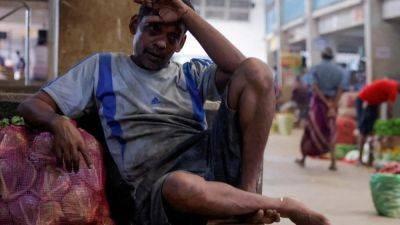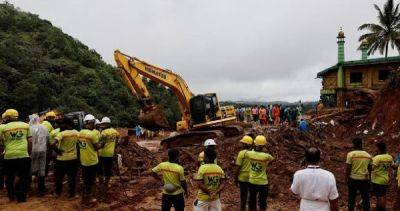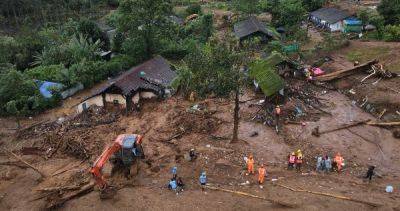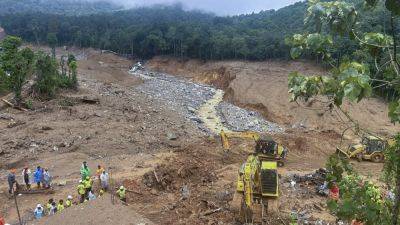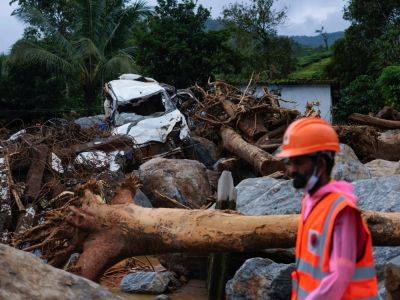How missed warnings, 'over-tourism' aggravated deadly India landslides
CHOORALMALA, India - With a steeply pitched tiled roof piercing misty green hills in southern India and a stream gushing through rocks nearby, the Stone House Bungalow was one of the most popular resorts in the Wayanad area of Kerala state.
It was empty when two landslides early on Tuesday (July 30) washed away the 30-year-old stone building: staff and tourists had left after rain flooded its kitchen a few days earlier.
But neighbouring dwellings in Mundakkai village were occupied and 205 people, almost all locals, were killed and scores are missing. Tourists had been warned to leave the day earlier because of the rain.
Local authorities are now counting the cost of the disaster and questioning whether the rapid development of a tourism industry was to blame for the tragedy. Weather-related disasters are not unusual in India, but the landslides in Kerala state this week were the worst since about 400 people were killed in floods there in 2018.
Mundakkai, the area worst affected by the landslides, was home to some 500 local families. It and neighbouring villages housed nearly 700 resorts, homestays and zip-lining stations attracting trekkers, honeymooners and tourists looking to be close to nature, a local official said. Cardamom and tea estates dotted the hills.
Experts said they had seen Tuesday's disaster coming for years and several government reports in the past 13 years had warned that over-development in the ecologically sensitive areas would increase the risk of landslides and other environmental disasters such as floods by blocking natural water flows. The warnings were largely ignored or lost in bureaucratic wrangling.
A fast-growing India is rapidly building infrastructure across the country, especially in its


